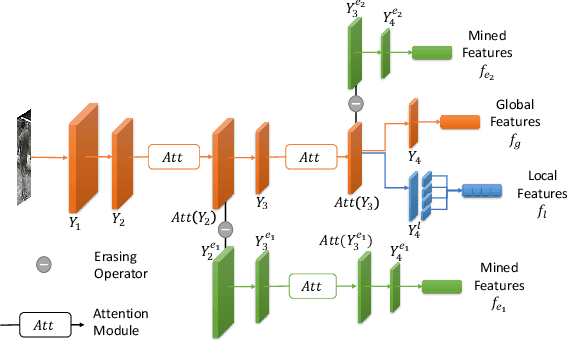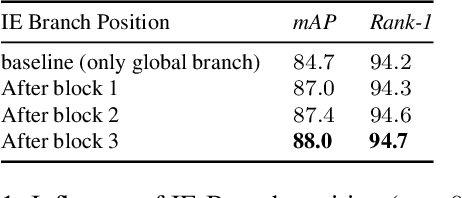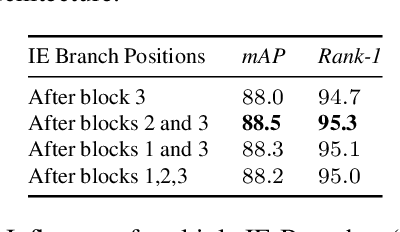Julien Desmarais
Deep Miner: A Deep and Multi-branch Network which Mines Rich and Diverse Features for Person Re-identification
Feb 18, 2021



Abstract:Most recent person re-identification approaches are based on the use of deep convolutional neural networks (CNNs). These networks, although effective in multiple tasks such as classification or object detection, tend to focus on the most discriminative part of an object rather than retrieving all its relevant features. This behavior penalizes the performance of a CNN for the re-identification task, since it should identify diverse and fine grained features. It is then essential to make the network learn a wide variety of finer characteristics in order to make the re-identification process of people effective and robust to finer changes. In this article, we introduce Deep Miner, a method that allows CNNs to "mine" richer and more diverse features about people for their re-identification. Deep Miner is specifically composed of three types of branches: a Global branch (G-branch), a Local branch (L-branch) and an Input-Erased branch (IE-branch). G-branch corresponds to the initial backbone which predicts global characteristics, while L-branch retrieves part level resolution features. The IE-branch for its part, receives partially suppressed feature maps as input thereby allowing the network to "mine" new features (those ignored by G-branch) as output. For this special purpose, a dedicated suppression procedure for identifying and removing features within a given CNN is introduced. This suppression procedure has the major benefit of being simple, while it produces a model that significantly outperforms state-of-the-art (SOTA) re-identification methods. Specifically, we conduct experiments on four standard person re-identification benchmarks and witness an absolute performance gain up to 6.5% mAP compared to SOTA.
 Add to Chrome
Add to Chrome Add to Firefox
Add to Firefox Add to Edge
Add to Edge